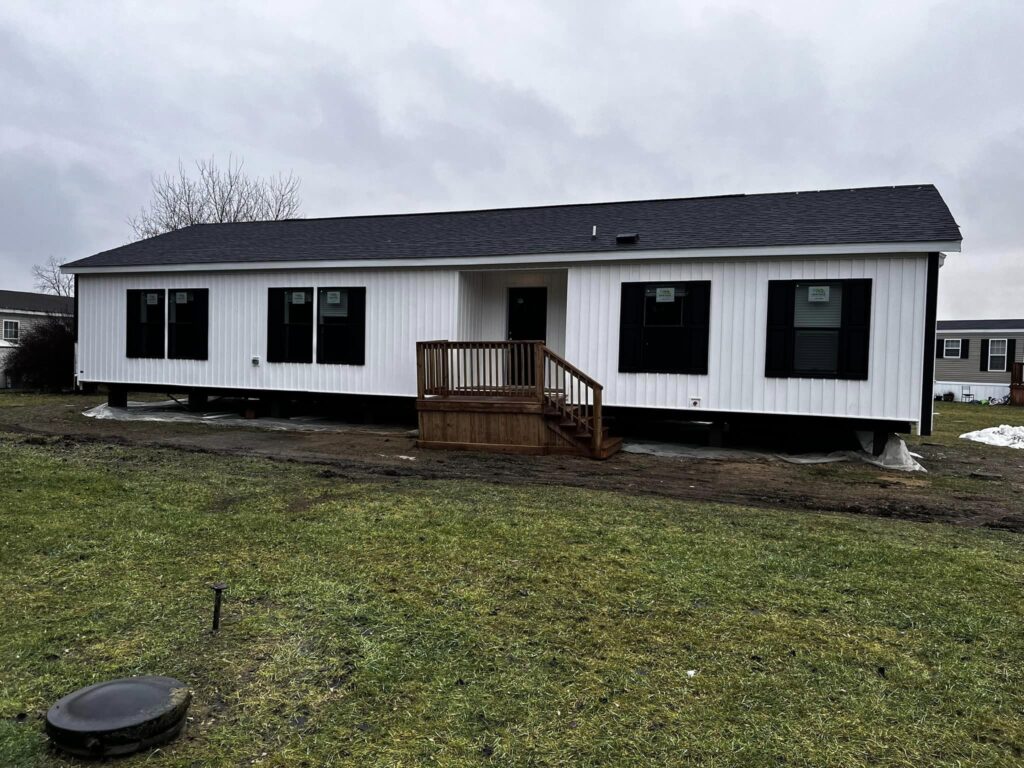Preventing Drywall Damage: What Every Homeowner Should Know
Skyline Drywall Repair Service, otherwise known as sheetrock or plasterboard, is the standard wall material used in most modern houses and apartments these days. The main reasons are that it’s affordable, easy to install, and allows you to create seamless, relatively durable wall surfaces throughout living spaces that can be painted, wallpapered, or textured however you prefer with relative ease.

But while drywall is flexible and convenient for dividing up rooms, it can still get damaged pretty easily if you aren’t careful. And fixing dents, cracks, holes or water stains in drywall usually means bringing in professionals and rolling up your sleeves for some hassle and expense that could’ve been prevented quite easily. The good news is that there are common sense steps homeowners can take to prevent drywall damage. So here are the biggest tips for guarding your walls and ceilings to minimize damage issues down the road. A little bit of pro activity early on will save you headaches (and cash!) later.
Use Corner Guards and Wall Padding
One trick of the trade every homeowner should know about preventing drywall damages is the importance of Installing corner guards in high-traffic zones and foam or plastic wall padding as “bumpers” along hallways and entries. Doing so will help cushion inevitable contact from furniture, equipment, people, pets, and any other objects that may bump the walls. This shields vulnerable wall surfaces in a nearly invisible way from the most common dings, cracks, holes, and other signs of wear and tear. A smart and affordable choice that does the preventative work for you by absorbing impact.
Keep Walls Dry
Water is drywall’s worst enemy. From leaky roofs and pipes to overflowing showers, any excess moisture absorbed into drywall will start comprising its structural strength and integrity. Left alone, drywall water damage leads to bulging, crumbling, and eventually mold issues that require major cut-outs and repairs.
So, stay vigilant for wet spots, respond ASAP to any leaks or flooding, and ensure any Skyline Drywall Repair Service near water sources like bathrooms remains properly ventilated to prevent condensation. Catching and resolving moisture sources quickly is key!
Baby Those Walls
It’s just a reality – walls need babying in family homes or else they get beat up fast. Remind kids not to kick, punch or throw objects at walls which puncture easily. Use appropriate supports and hangers for decor pieces and shelves so the weight doesn’t gradually crush drywall at the anchors.
And when moving stuff around like furniture or appliances, avoid scraping and denting walls by padding corners and taking things slow and steady. Basically, handle walls with care as if they were a newborn infant! It’ll pay off for long-term prevention.
Regular Inspections
Make a habit of doing routine workarounds in all rooms scanning walls and ceilings up close for early signs of damage trouble emerging – cracked corners, bulging shapes, mold, split seams, etc. Issues can develop and worsen gradually over time out of eyesight, so consistent monitoring helps catch stuff before major repair needs set in.
Rapid Repairs When Needed
Despite best efforts, stuff happens! But the key for homeowners is addressing any drywall dings, holes and deteriorating spots right away before further crumbling occurs. For nail pops, bubbles and holes smaller than a few inches wide, basic patching kits can usually handle things. More serious gashes likely need boards fully replaced – nail in new drywall pieces after cutting back damage to wall studs, tape seams and skim coating for fresh finishes.
The Bottom Line
While you probably can’t prevent all drywall damage realistically, staying vigilant and proactively protecting vulnerable areas from moisture, traffic, etc will help your walls hold up better in family living spaces long-term. And make repairs swiftly – it saves bigger headaches down the road!
